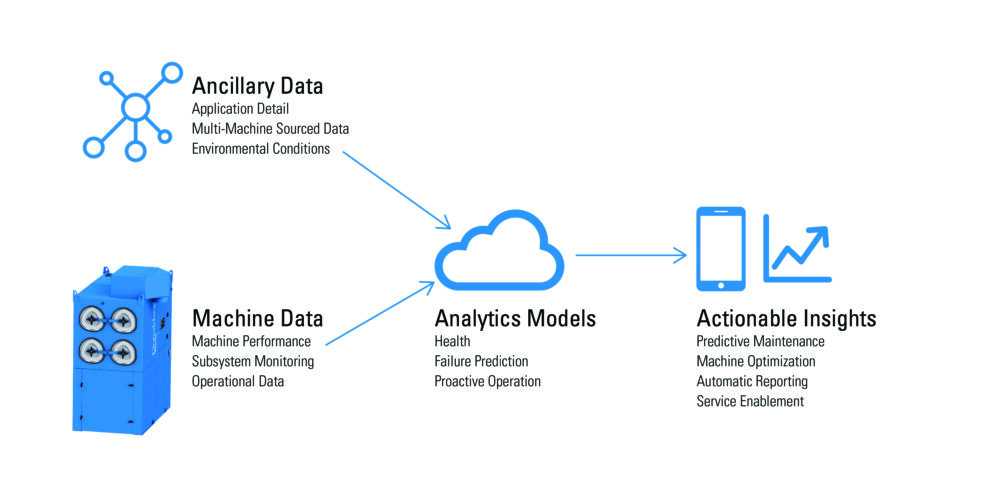The Benefits IoT Brings to Equipment Maintenance
Connecting your machines to the Internet allows for earlier, cost-efficient service Reprinted with permission: The AWS Welding Journal As the owner, maintenance manager, or engineer in a welding operation, you manage many complex pieces of equipment. You may choose to maintain some internally, others you assign to a third-party service, and some, because of tight resources, you maybe ignore until there’s an issue. All of that equipment generates lots of data that you could use to operate more efficiently. However, most facilities use only a small percentage of their valuable data. Factory automation has been around since the 1970s, but it is only a partial solution. Since then, larger manufacturers have been reaping huge efficiencies from connecting their machines to a local data network and central control system. However, the costs and specialized personnel required to maintain these systems put them out of reach for typical welding operations. This is why the Internet of Things (IoT) is such a breakthrough. Sensors and IoT technology are relatively affordable and can transmit data outside the factory walls for conversion into actionable intelligence— Fig. 1. In this way, IoT enables maintenance arrangements that were previously impossible on both production machinery and nonproduction equipment, such as dust collectors.
Merging operating data from multiple machines and applications enables analytics to turn data into actionable information.
- a way to monitor your assets and processes from a single location,
- automated notifications (alerts), and
- historical reporting.
- What value can I get (uptime, efficiency, reduced labor hours) from doing periodic monitoring on this machine or process vs. manual observation? Does this create a positive return on investment for my company?
- Does monitoring this machine or process require low latencies or a high amount of data ingestion, making it a better candidate to monitor through a traditional data network?
- Does this solution create any security vulnerabilities in my plant’s control systems?
- How can I work with my external partners (dealers, service companies, and manufacturers) to share the data effectively to save time and money?















